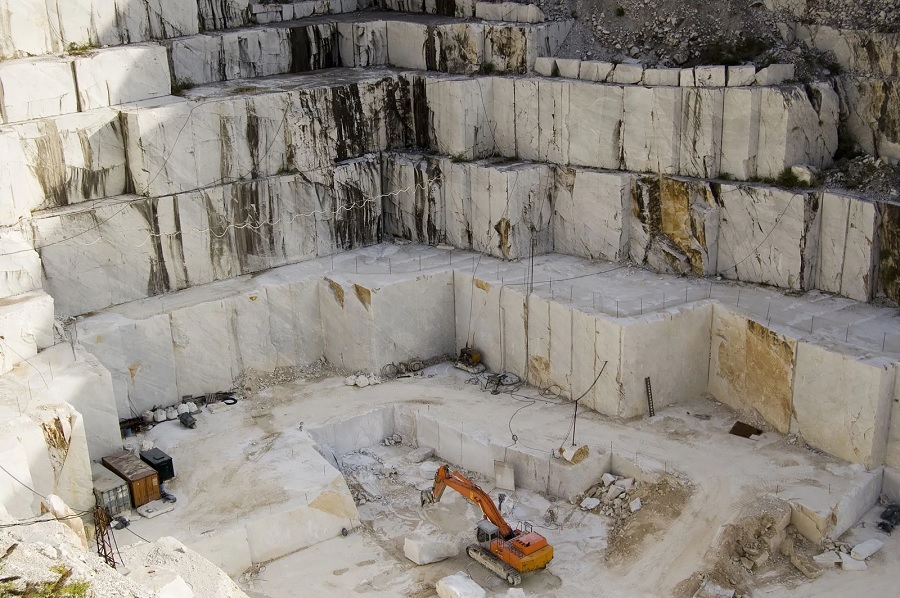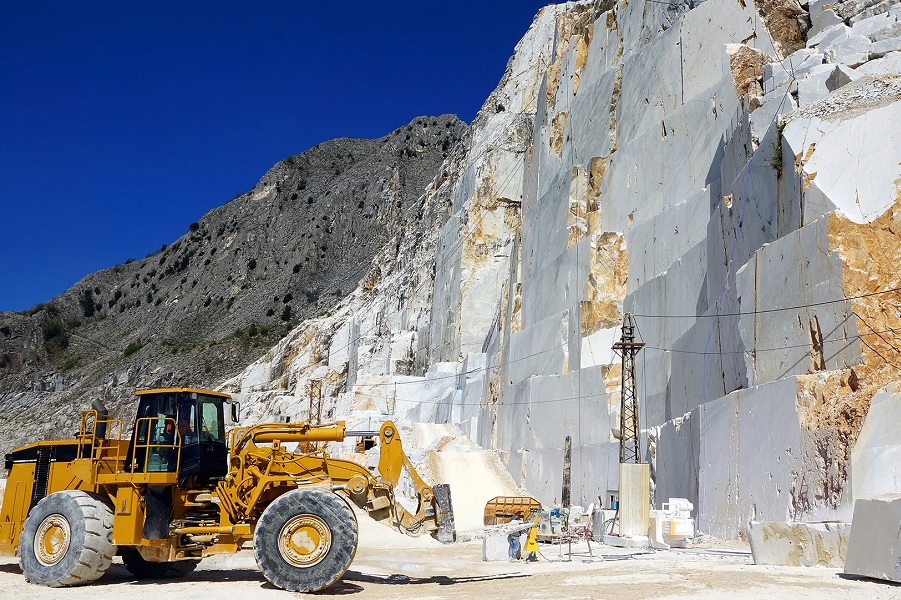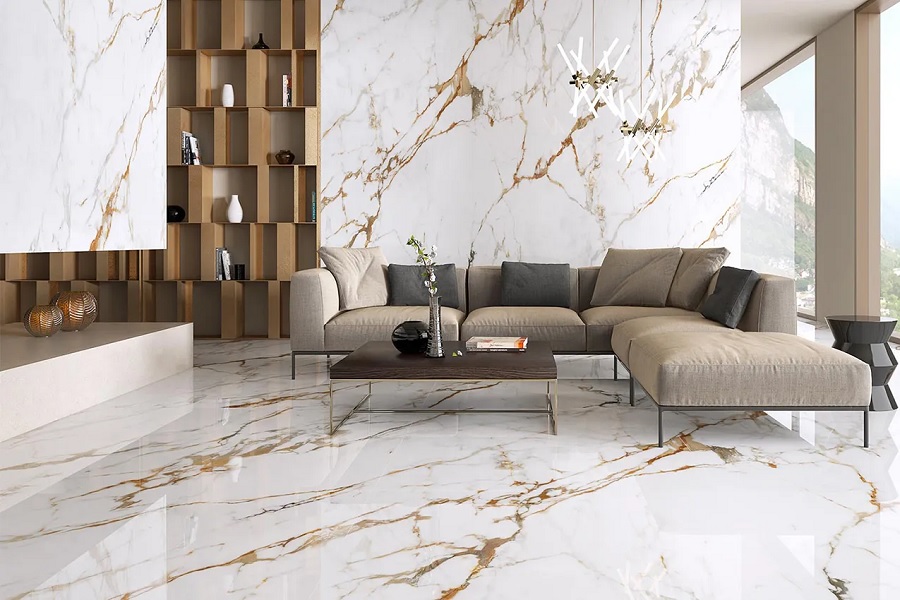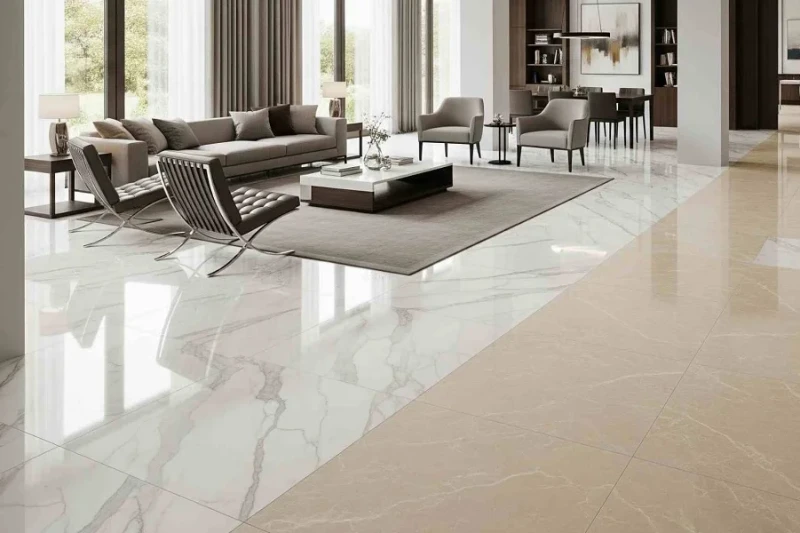
What Type Of Rock Is Marble
Marble, a stone synonymous with luxury, elegance, and timeless art, has graced palaces, sculptures, and homes for millennia. Its captivating veins and luminous sheen evoke a sense of natural artistry. But have you ever wondered about its origins? What journey has this remarkable material taken to become the cherished stone we know today? Understanding what type of rock is marble is key to appreciating its unique characteristics, beauty, and suitability for various applications. This guide will delve into the geological classification and fascinating formation of marble.
The Earth's Building Blocks: A Primer on Rock Types

To fully grasp what type of rock is marble, it's helpful to first understand how geologists classify rocks. Rocks are broadly categorized into three main types based on their formation process, each telling a different story of Earth's history:
· Igneous Rocks: These rocks are formed from the cooling and solidification of molten rock material, either magma (beneath the Earth's surface) or lava (on the Earth's surface). Examples include granite and basalt.
· Sedimentary Rocks: Formed from the accumulation, compaction, and cementation of sediments over long periods. These sediments can be fragments of other rocks, organic materials (like shells or plant debris), or chemical precipitates. Limestone, sandstone, and shale are common sedimentary rocks.
· Metamorphic Rocks: These rocks arise from the transformation of existing igneous, sedimentary, or even other metamorphic rocks. The original rock (called the protolith) undergoes changes in texture, mineralogy, or chemical composition due to intense heat, pressure, or chemically active fluids, without melting.
Marble Unveiled: A Metamorphic Masterpiece
So, to directly answer the question, what type of rock is marble? Marble is unequivocally a metamorphic rock. The term "metamorphic" itself means "changed form," which perfectly describes marble's origin story. It isn't born as marble but rather transforms from another rock type under specific geological conditions. This transformation imbues marble with its distinctive qualities, differentiating it from its parent material and other stone types.
The Parent Rock: From Limestone or Dolostone to Marble
The journey of marble begins with its protolith, or parent rock. In most cases, marble is formed from the metamorphism of limestone or dolostone (also known as dolomite rock). Both limestone and dolostone are sedimentary rocks. Limestone is primarily composed of the mineral calcite (calcium carbonate, CaCO₃), often formed from the accumulation of shells, coral, algal, and fecal debris from marine organisms, or through direct precipitation of calcium carbonate from water. Dolostone is rich in the mineral dolomite (calcium magnesium carbonate, CaMg(CO₃)₂), often forming when magnesium-rich groundwater alters existing limestone.
The Fiery Transformation: How Marble is Formed

The transformation from a relatively humble sedimentary rock like limestone or dolostone into the elegant, crystalline structure of marble is a profound geological process driven by intense forces within the Earth.
The Catalyst: Intense Heat and Pressure
For metamorphism to occur, the parent limestone or dolostone must be subjected to significant heat and pressure. These conditions are typically found deep within the Earth's crust, often associated with regional metamorphism during mountain-building events where tectonic plates collide, or with contact metamorphism, where the rock is "baked" by proximity to a hot igneous intrusion (a body of magma). The temperatures are high enough to cause changes but not high enough to melt the rock entirely; if it melted, it would form an igneous rock upon cooling. The pressure compacts the rock, closing pore spaces.
Recrystallization: The Heart of Marble's Creation
The defining process in the formation of marble is recrystallization. Under the influence of heat and pressure, the original calcite or dolomite mineral grains in the limestone or dolostone begin to change. The small, often fragmented, calcite crystals or fossil remnants typical of sedimentary limestone are reorganized and grow larger, forming an interlocking mosaic of carbonate crystals. This recrystallization is what gives marble its characteristic granular, crystalline texture. Importantly, this process tends to erase the original sedimentary features of the parent rock, such as fossil shells, layering (bedding planes), and pore spaces, especially in very pure marbles. The result is a denser, more uniform, and often visually striking crystalline rock.
The Role of Impurities: Creating Color and Veins
Pure calcite or dolomite limestone transforms into white marble. However, most limestones contain various impurities, such as clay minerals, silt, sand, iron oxides, chert, or organic matter. When these impurities are subjected to the same metamorphic conditions as the carbonate minerals, they also undergo chemical reactions and recrystallize to form new minerals. These accessory minerals are responsible for the stunning array of colors, veins, swirls, and bands seen in many types of marble.
For example:
· Iron oxides can create yellow, brown, pink, or red hues.
· Serpentine (formed from magnesium-rich limestone with silica impurities) can result in green marble.
· Graphite (derived from carbonaceous material) can produce gray or black marble.
· Micas and other silicate minerals can form distinct layers or veins within the marble. These colorful patterns and veins are often highly prized and contribute significantly to marble's aesthetic appeal and value.
🏛️ Related Product: Marble Natural Stones
🌟 View Marble CollectionKey Characteristics of Marble: A Result of Its Metamorphic Journey

The metamorphic process endows marble with several distinct characteristics that define its appearance, properties, and uses. Understanding what type of rock is marble helps explain these features.
Crystalline Structure and Texture
As a result of recrystallization, marble exhibits a visibly crystalline structure. The interlocking carbonate crystals can range in size from fine to coarse, sometimes giving the stone a sugary appearance, known as a saccharoidal texture. This crystalline nature contributes to marble's ability to take a high polish, allowing light to penetrate slightly into the stone before being reflected, giving it a characteristic soft glow or translucency, especially in purer varieties. Most marbles are non-foliated, meaning their crystals are not aligned in distinct layers or bands, though some marbles with abundant platy minerals like mica can show a degree of foliation.
Composition and Hardness
Marble is primarily composed of calcite (if derived from limestone) or dolomite (if derived from dolostone). Due to this carbonate composition, marble is relatively soft compared to many other stones. On the Mohs scale of mineral hardness, calcite has a hardness of 3, and dolomite is slightly harder at 3.5 to 4. This makes marble easier to carve and shape, which is why it has been favored by sculptors for centuries. However, this relative softness also means it is more susceptible to scratching and abrasion than harder stones like granite (Mohs hardness 6-7). A key characteristic linked to its carbonate composition is its reactivity with acids; even mild acids like vinegar or lemon juice will cause marble to effervesce (fizz) and etch the surface.
Colors, Veining, and Aesthetic Appeal
The diverse range of colors and intricate veining patterns found in marble are direct results of its metamorphic origin and the impurities present in the original limestone or dolostone. From the pure white of Carrara marble (famous for its use in classical sculptures) to the rich greens of Verde Guatemala or the deep blacks of Nero Marquina, each type tells a unique geological story. The often fluid, swirling patterns of veins are formed as mineral impurities are stretched, folded, and recrystallized during the intense deformation and heating process. This incredible natural artistry is why marble remains a premier choice for decorative and architectural applications.
Explore the Beauty of Genuine Marble with FMA Marble
Now that you have a deeper understanding of what type of rock is marble – a magnificent metamorphic creation – you can better appreciate the unique story embedded in every slab and tile. Its journey from ancient seabeds to a polished, elegant surface in your home is a testament to the Earth's dynamic processes.
To discover an exquisite collection of genuine metamorphic marbles, each showcasing nature's artistry, and to receive expert advice on selecting the perfect marble for your project, we invite you to visit FMA Marble. Our passion for natural stone and our expertise are at your service to help you bring the timeless beauty of marble into your life.
Frequently Asked Questions
Is marble an igneous rock?
No, marble is not an igneous rock. It is a metamorphic rock, formed from the transformation of limestone or dolostone under heat and pressure. Igneous rocks, like granite, form from cooled magma or lava.
What is the main mineral in marble?
The main mineral in marble is typically calcite (calcium carbonate, CaCO₃) if it's formed from limestone, or dolomite (calcium magnesium carbonate, CaMg(CO₃)₂) if it's formed from dolostone.
Can marble contain fossils?
Generally, the process of metamorphism (recrystallization) that forms marble destroys any fossils present in the original limestone. However, in marbles that have undergone very low-grade metamorphism, some distorted fossil outlines might occasionally be preserved, though this is rare.



comments
No Comment YetLeave a Comment